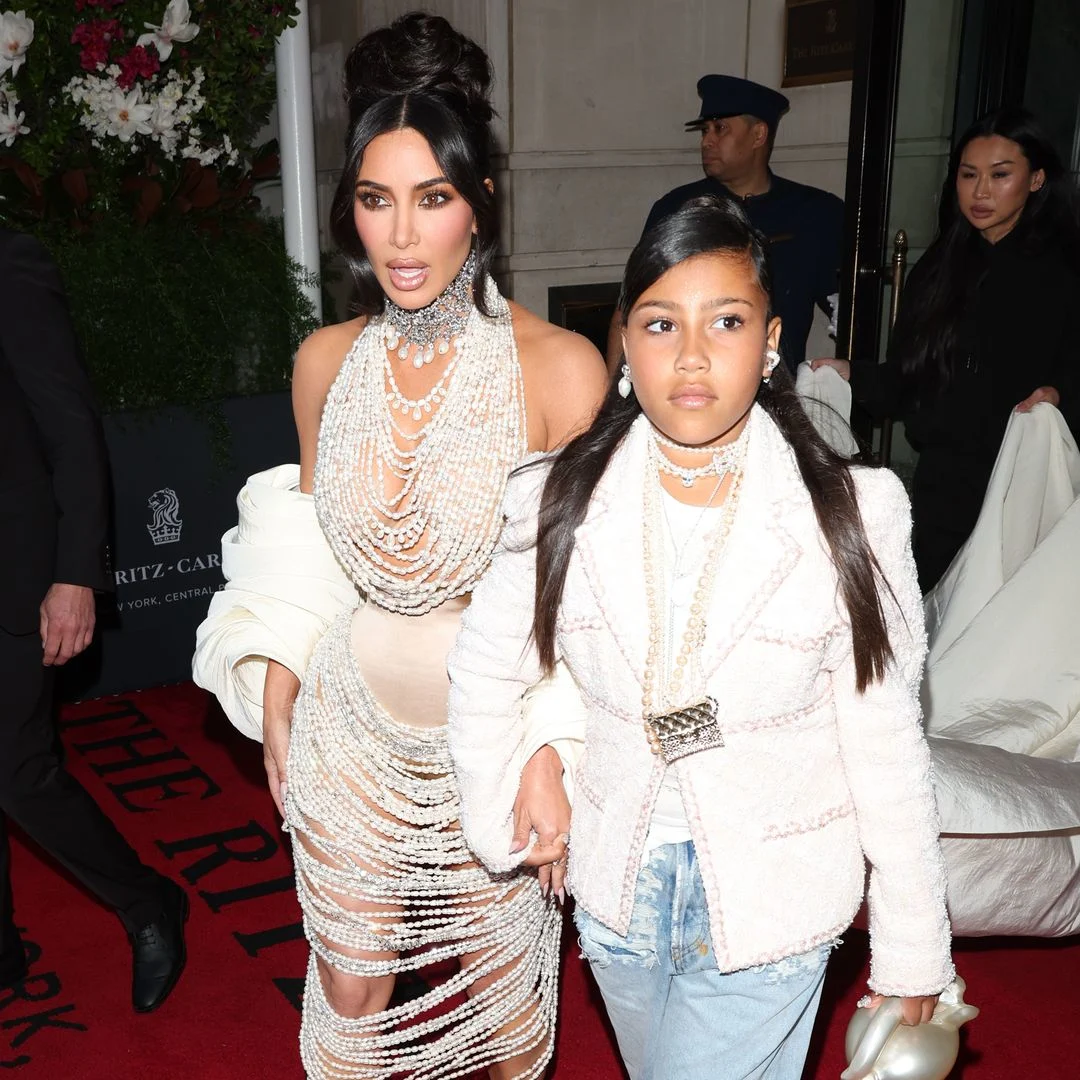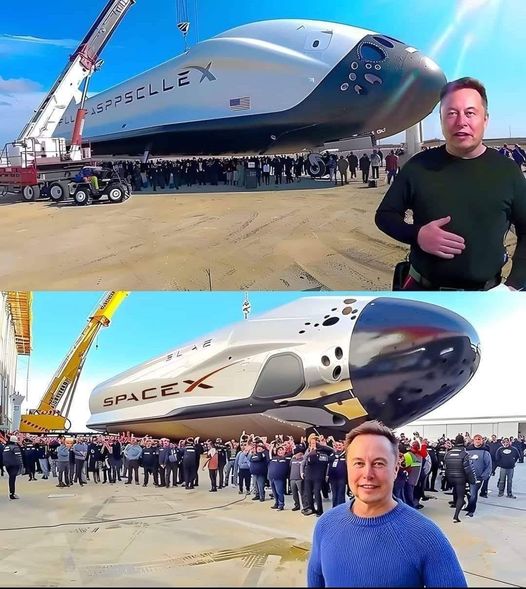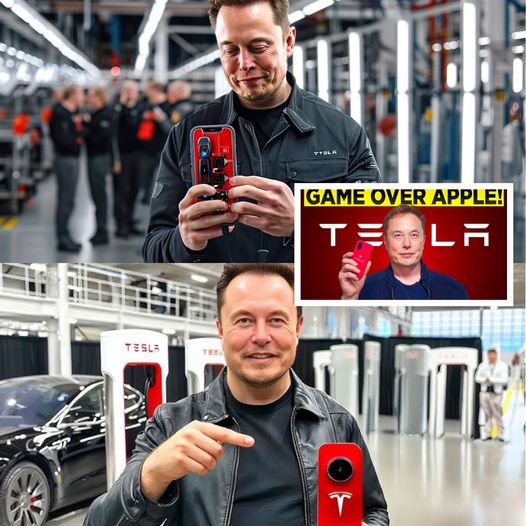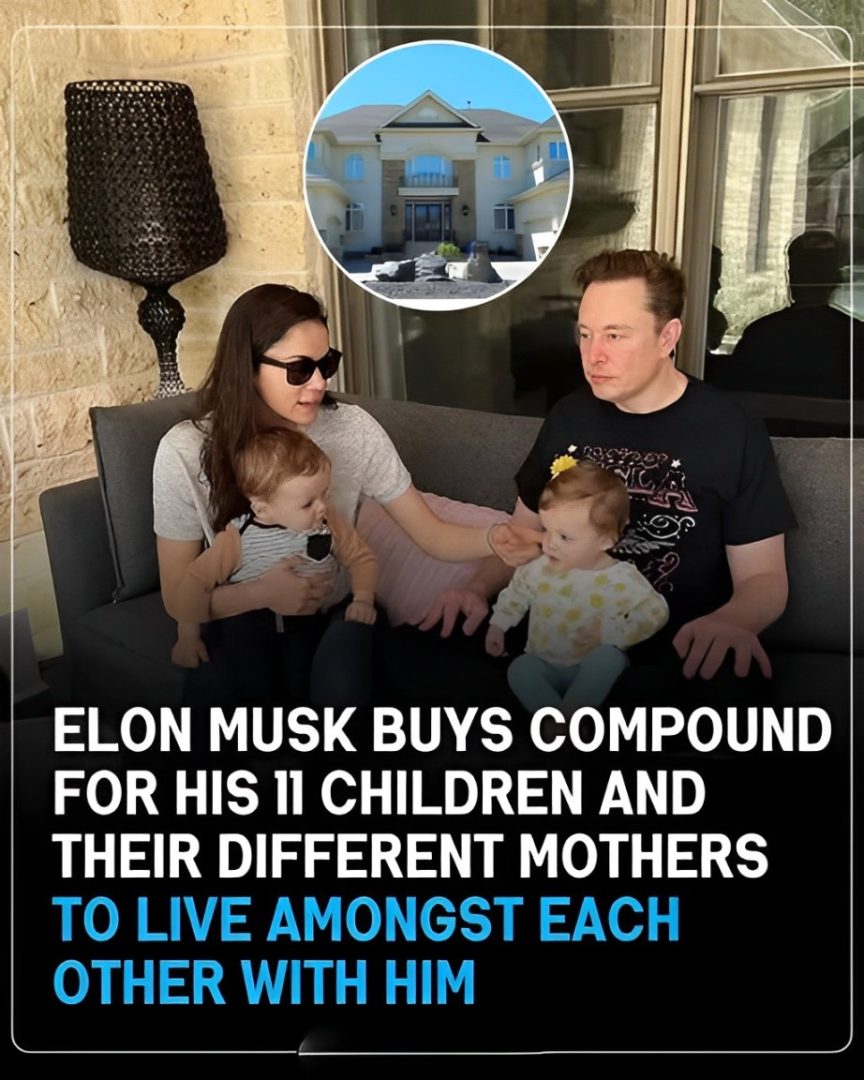Elon Musk recently unveiled Tesla’s highly-anticipated Cybercab, but the reveal failed to impress investors. This has raised doubts about the company’s ability to achieve its long-promised robotaxi vision by 2026. Despite showcasing a futuristic vision of autonomous transportation, Musk’s Cybercab reveal left investors with more questions than answers.
The lack of concrete details about production, profitability, and technological readiness has led to skepticism about Tesla’s robotaxi ambitions. This article delves into the reasons behind investor doubt, the challenges in developing robotaxis, and the road ahead for Tesla and its competitors in the race towards a fully autonomous future.
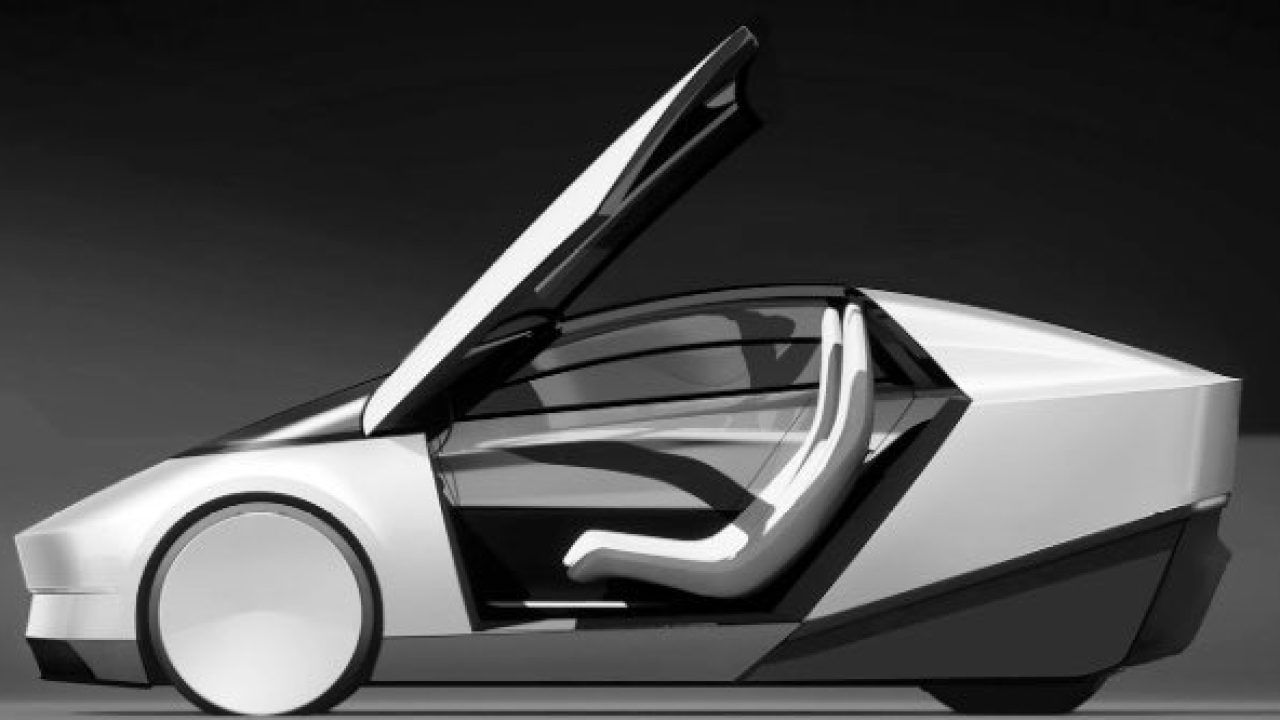
Cybercab’s Stumble: A Reality Check for Robotaxis?
Elon Musk’s recent reveal of the Cybercab, a futuristic robotaxi with no steering wheel or pedals, has generated more skepticism than excitement among investors. Despite the bold vision, Tesla’s stock took a dip after the event, raising questions about the company’s robotaxi ambitions and the path to a fully autonomous future.
A Visionary Concept Meets Reality
The Cybercab, unveiled at Tesla’s “We, Robot” event, is a sleek, two-seater vehicle designed for autonomous ride-hailing services. Musk envisions a future where fleets of these vehicles operate without human intervention, ferrying passengers to their destinations with unparalleled efficiency and safety. However, investors seem unconvinced, with many expressing concerns about the feasibility and profitability of this vision.
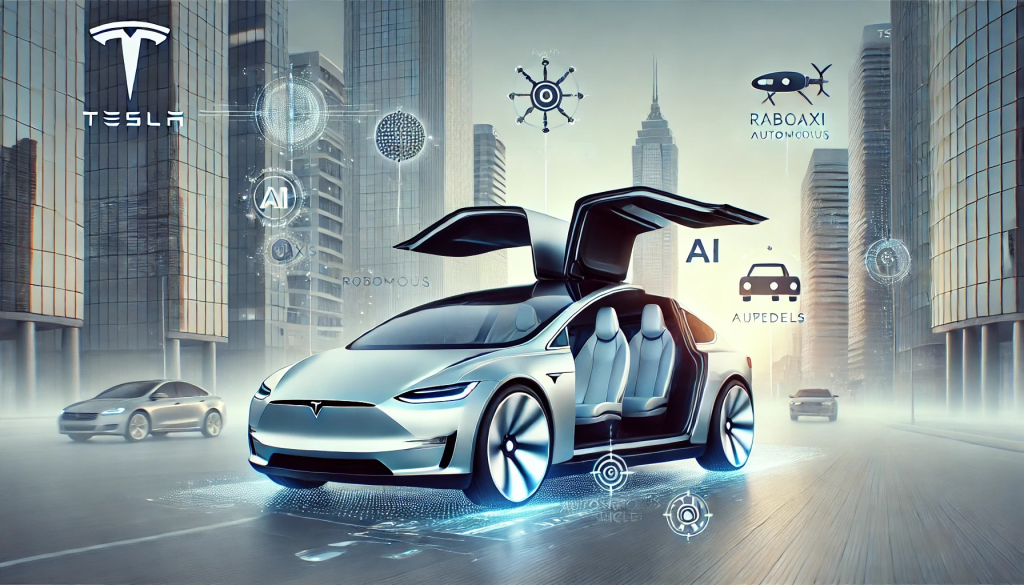
Investor Concerns and Skepticism
Several factors contributed to the negative investor reaction:
- Lack of Concrete Details: Musk’s presentation lacked specifics about the Cybercab’s production timeline, cost, and potential for generating revenue. Investors are eager for a clearer roadmap and financial projections.
- Technological Hurdles: Achieving full self-driving remains a complex challenge. Experts point to obstacles such as unpredictable road conditions, ethical considerations, and the need for robust safety measures.
- Competition: Tesla faces stiff competition from established players like Waymo and Cruise, who already have robotaxi pilot programs underway. Traditional automakers are also investing heavily in autonomous vehicle technology.
The Road Ahead for Robotaxis
Despite the initial skepticism, Tesla remains committed to its robotaxi vision. However, several challenges need to be addressed:
ChallengeDescriptionTechnological DevelopmentRefining self-driving technology to ensure safety and reliability in diverse conditions.Regulatory ApprovalNavigating complex regulations and obtaining necessary approvals for autonomous vehicle operation.Public AcceptanceBuilding public trust and addressing concerns about the safety and ethics of self-driving technology.InfrastructureDeveloping the necessary infrastructure to support widespread robotaxi deployment, including charging stations and data networks.
A Long and Winding Road
The Cybercab reveal has sparked a crucial conversation about the future of robotaxis. While the concept is captivating, the road to widespread adoption is paved with challenges. Tesla’s ability to overcome these hurdles and deliver on its promises will determine the success of its robotaxi ambitions and shape the future of transportation.
Short Summary:
- Elon Musk introduced the Cybercab at a Hollywood event, emphasizing its autonomous features.
- Many investors expressed skepticism over Tesla’s robotaxi timeline and technology reliability.
- The unveiling coincides with broader setbacks for Tesla in the electric vehicle market.
In a highly publicized event at Warner Bros. studios in Burbank, California, Tesla’s CEO Elon Musk showcased the futuristic Cybercab, touted as a game-changing self-driving taxi that eschews traditional controls like steering wheels and pedals. The unveiling included other innovations, such as a minivan design and demonstrations of the Optimus humanoid robot. However, despite Musk’s lofty visions of an autonomous future, investor confidence took a hit, with Tesla’s stock plummeting following the reveal.
During the presentation, which has been dubbed “We, Robot,” Musk exhibited about 20 Cybercabs and encouraged attendees to take short rides within the studio lot, rather than navigating the bustling streets of Los Angeles. He painted a picture of the future where autonomous vehicles would render driving as an outdated concept.
“We’ll move from supervised Full Self-Driving to unsupervised Full Self-Driving, where you can fall asleep and wake up at your destination,” Musk proclaimed in his vision for an easier, less stressful travel experience. He noted that a price point of under $30,000 would be anticipated for the Cybercab, with production said to commence by 2026.
However, doubts surrounding Tesla’s timeline for fully autonomous vehicles remain high among analysts and investors. Seth Goldstein, an equity strategist at Morningstar Research, stressed, “If they’re going to eventually get to robotaxis, they first need to have success with the unsupervised FSD at the current lineup,” indicating that the transition from supervised to unsupervised driving remains a significant hurdle.

As Musk spoke about the future of autonomous taxis, he also addressed the potential for the Cybercab to catalyze a fleet-wide service, allowing Tesla owners with Full Self-Driving capability to earn income by offering rides while their vehicles are idle. Such ambitions are expected to generate substantial revenue opportunities, with some analysts estimating $10 billion to $15 billion annually from a successful robotaxi operation.
Despite the optimistic projections for Tesla’s innovations, skepticism abounds. Just days after the Cybercab’s reveal, investors reacted negatively, with Tesla’s shares falling by approximately 8% shortly after the announcement. Sam Abuelsamid, a transportation analyst at Guidehouse Insights, commented, “Investors have clearly been very excited about this for many years even though Tesla hasn’t delivered on it.” Abuelsamid pointed out that Musk’s declarations regarding the swift development of autonomous vehicles have often outpaced reality, suggesting that investor enthusiasm might have been misplaced.
Musk’s history of over-promising and under-delivering regarding autonomous technology has raised eyebrows. For instance, he made statements almost a decade ago proclaiming that fully autonomous vehicles were just around the corner. Throughout the years, subsequent timelines have frequently been missed, reflecting a struggle to bring the visions of robotic fleets to fruition.
“Having a prototype vehicle says nothing about whether a company has developed the hardware and software necessary to safely operate that vehicle without a human driver,” noted Bryant Walker Smith, an associate professor of law specializing in emerging transportation technology.
The implications of this skepticism are magnified by ongoing investigations into Tesla’s existing Full Self-Driving (FSD) technology by U.S. safety regulators, who are examining whether the system adequately ensures that human drivers remain attentive when using it. Concerns have also grown following a tragic incident earlier this year involving a Tesla in FSD mode that fatally struck a motorcyclist. Critics urge caution, emphasizing the necessity for robust systems before introducing self-driving vehicles to public roads.

Tesla’s strategy to transition existing models—particularly the Model 3 and Model Y—towards this autonomous technology is noteworthy, as these vehicles are slated to receive updates next year in Texas and California enabling more advanced FSD capabilities. Nevertheless, the overwhelming reliance on FSD in Musk’s vision leaves many questioning the viability and safety of fully autonomous vehicles.
Musk’s latest demonstration was not solely about the Cybercab. He also revealed the Robovan, which aims to cater to logistical needs, transporting goods or a party of up to 20 passengers. Furthermore, the event showcased several Optimus robots, intended for a myriad of tasks around the household, from babysitting to lawn mowing, further extending Tesla’s vision into everyday domestic life.
Competition and Challenges Ahead
Challenges abound not only from within the company but also from competitors. Companies like Waymo, the autonomous taxi service owned by Alphabet Inc., are currently operating self-driving vehicles in urban environments like Los Angeles and San Francisco, providing real-world rides without a human driver present. This reality poses a competitive pressure on Tesla’s efforts in the robotaxi market. Analysts are concerned that Musk’s dismissal of Lidar technology in favor of a camera-based system has yet to prove itself as a sufficiently safe autonomous driving solution.

“Elon Musk has been quite clear that he doesn’t believe that radar and Lidar are needed and that they can do it with cameras alone,” remarked Abuelsamid. “So far to date, no one has actually demonstrated that that is a sufficiently safe and viable solution.”
As the autonomous vehicle market continues to evolve, Tesla’s share price has experienced fluctuations despite recent optimism regarding its trajectory. The company’s market capitalization remains buoyant yet delicate, significantly influenced by the promise of its robotaxi capabilities. In recent months, the company’s stock surged nearly 40%, propelled largely by the belief that a future fleet of autonomous vehicles is on the horizon. However, this optimism could quickly turn sour unless concrete advancements toward autonomy materialize.
The backdrop of these events is marked by Tesla facing increasing pressure from traditional automakers expanding into the EV market, as well as new EV startups providing fresh competition. As sales has weakened in the last quarter, questions surrounding consumer interest and market share loom large for the company.
Musk’s Vision vs. Market Reality
With the unveiling of the Cybercab, Musk seeks to refresh his company’s image amidst rising competition, a declining market share in electric vehicle sales, and growing skepticism regarding past promises. Observers express concerns that, despite Tesla’s unyielding focus on innovation, the reality often falls short of grandiose aspirations.
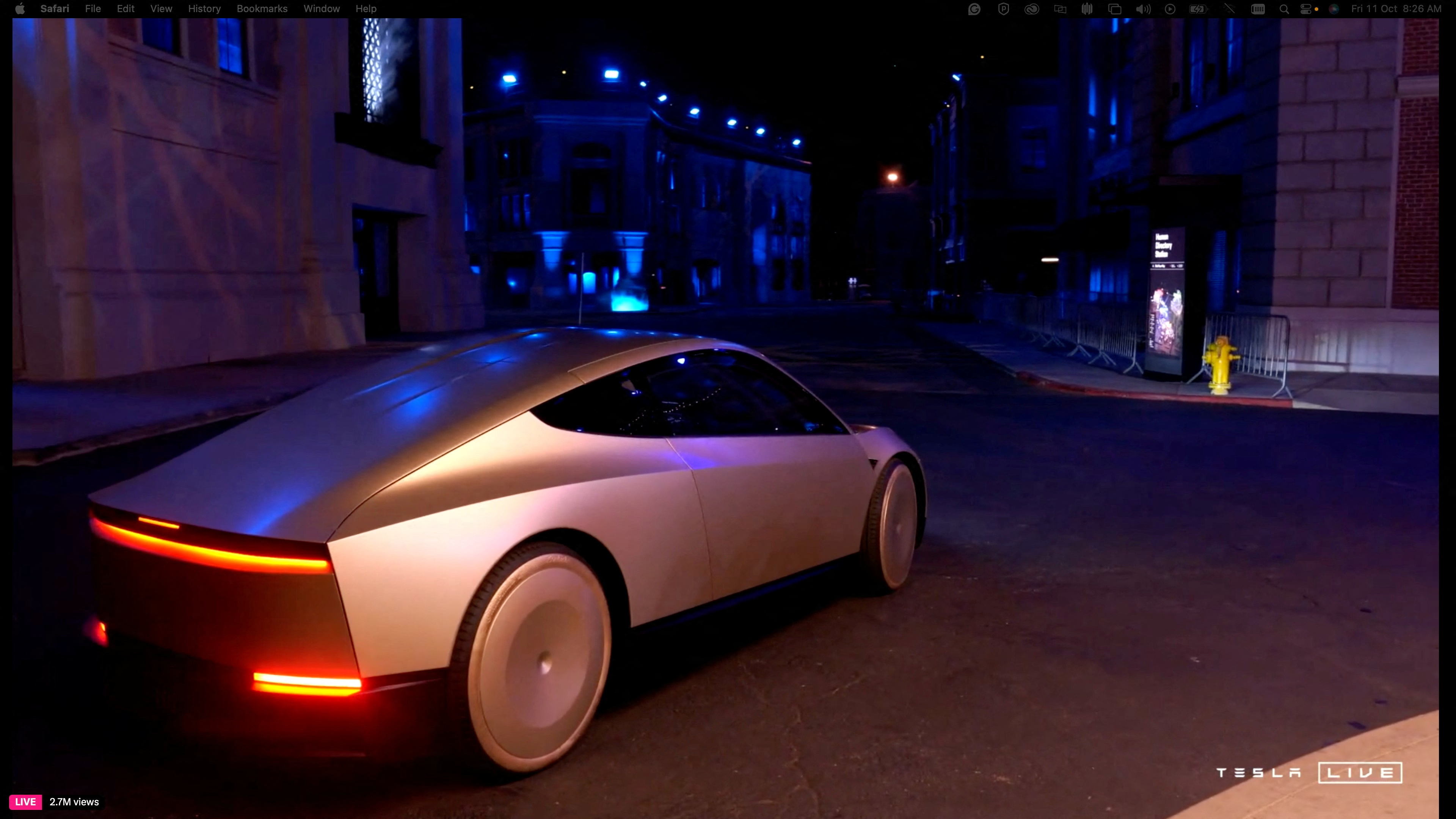
“It’s Tesla, it’s Elon Musk, it’s obviously going to be a hype fest,” Abuelsamid concluded, encapsulating the feelings of many who watched the unveiling.
The road ahead for Tesla will be fraught with challenges. The dual pressures of managing expectations and navigating technological obstacles will define the company’s path as it strives to achieve its ambitious goal of becoming a leader in the burgeoning robotaxi industry. From navigating regulatory scrutiny to overcoming technical hurdles, Tesla must not only convince investors of its vision but also deliver tangible results to solidify its place in the market.
As the industry watches closely, the next steps taken by Tesla could reshape its trajectory—promising either a leap into the future of autonomous travel or another delay in the long-awaited arrival of the Cybercab. The time to demonstrate the capacity to transform vision into reality is swift, and the stakes have never been higher for Musk and Tesla.

